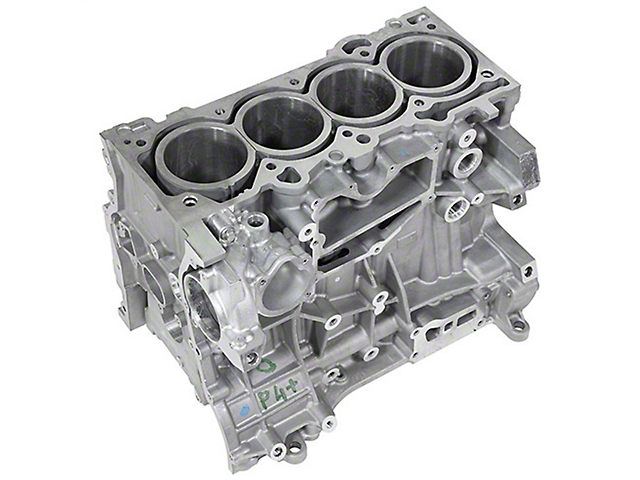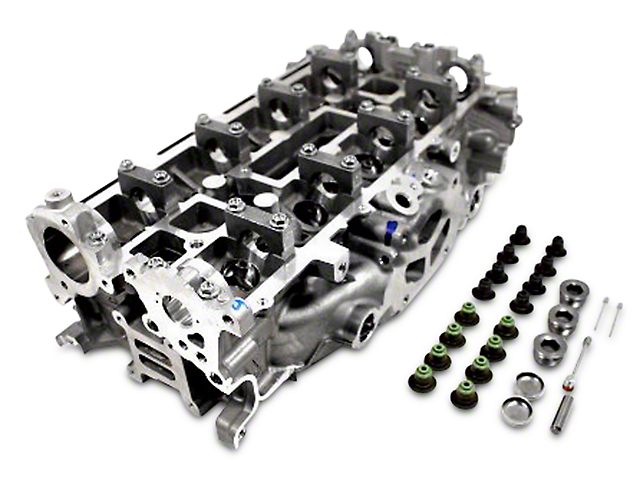justang
Well-Known Member
- Joined
- May 22, 2014
- Threads
- 2
- Messages
- 82
- Reaction score
- 13
- Location
- St. Pete, FL
- Vehicle(s)
- 2006 Acura TL
- Thread starter
- #1
Was anything changed internally to beef up the engine for the extra torque? Just wondering if anything mechanical was upgraded, or if the stock tune just pushes it a little harder
Sponsored


